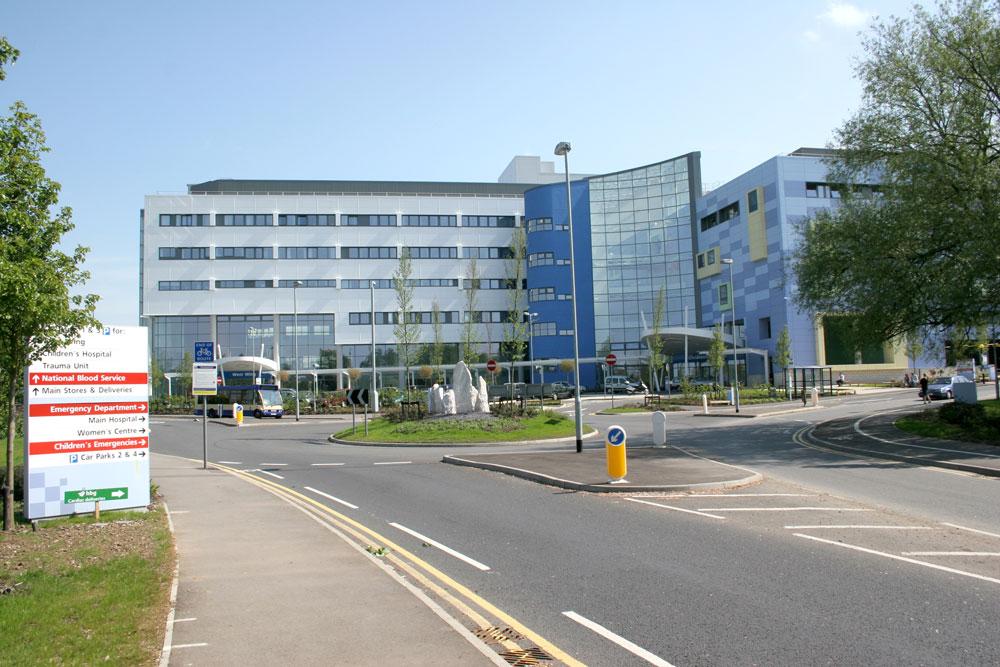NHS Providers recently published a report entitled: “No more sticking plasters: repairing and transforming the NHS estate”. HB investigates
The report examines the state of capital funding and allocations across the NHS provider sector. The report highlights the condition of the estate and argues for strategic capital investment at system and national level with the intention of driving productivity, improving patient care and enabling transformation across the NHS.
The report begins: “Appropriate capital funding is needed to bring long neglected parts of the NHS estate into the 21st century for staff and patients. From fixing leaking roofs and broken boilers, to transforming estates to make them fully digitised and sustainable, and enhancing diagnostic capacity, capital investment has the potential to transform the NHS – improving patients’ experience and making it more efficient and effective.”
Spending
In 2021/22, NHS Providers spent 75 per cent of the Department of Health and Social Care’s (DHSC) capital budget, which is used to finance capital investment in the NHS. Just over half of the capital expenditure is used for land and buildings and the rest is used for plant, equipment and transport, and information technology.
The capital regime is split between operational capital covering day-to-day investments such as maintenance renewal and nationally allocated capital covering strategic projects like new hospitals and hospital upgrades.
According to the report: “Following significant cuts in public spending, the NHS capital budget was raided between 2014/15 and 2018/19 as DHSC prioritised day-to-day spending at the expense of vital long-term investment. In the short term it was easier to cut investment than day-to-day spending. During this period DHSC transferred £4.3bn from the capital budget into the revenue pot.”
The report states that capital investment across the NHS over the current Spending Review (SR) period (2022/23 - 2024/25) is expected to average £8 billion a year, compared to annual capital spending between 2010-19, which averaged £3 billion.
Maintenance backlog
The report mentions “years of prolonged underinvestment in estates and facilities across the NHS” and concern around the capital maintenance backlog. The report claims: “the level of the maintenance backlog and the extent of dilapidated infrastructure ultimately reduces the ability of trusts to transform their estate and make vital productivity improvements.”
Since 2010/2011, the maintenance backlog has more than doubled and is now at £10.75 billion. This is how much needs to be invested to restore assets to a suitable working condition.
Risk
The total cost to eradicate the highest maintenance risk was £1.89 billion in 2021/22 – this is four times the 2013/14 level. On top of this, the proportion of the backlog which presents a high or significant risk has increased to 52 per cent. In this case, “high risk” means repairs which must be carried out urgently to “prevent catastrophic failure or major disruption to clinical services” and “significant risk refers to repairs which demand priority management and short-term spending”. However, the number of estates and facilities related safety incidents fell by over 40 per cent when compared to 2020/2021.
The report also points out the risk presented by reinforced autoclaved aerated concrete (RAAC) which was used for flat roof construction between the 1960s and the 1980s. The concrete was expected to have a lifespan of around 30 years, but some trusts have been using the materials for more than 50 years. 14 hospitals currently have RAAC planks, and they will need extensive building work to prevent their closure. Seven of these are at a critical level of risk, while only two of them are included in the New Hospital Programme.
The government has already committed to removing RAAC from the NHS estate by 2035 and has allocated £685 million to mitigate the risks.
Net zero
The report claims: “There are major opportunities to transform the NHS estate to become more sustainable, efficient and digitised.”
Of course, a major talking point is that the NHS plans to become the world’s first net zero national health system. Part of this plan means that the carbon footprint of emissions controlled by the NHS should be net zero by 2040. Major infrastructure projects like building new hospitals need to take this into account.
The report also points out that there are day-to-day changes that can be made to reduce the NHS’s carbon footprint. However, it continues: “major investment is required to improve energy efficiency across the NHS estate and enable trusts to reduce their carbon footprint.”
Funding has been announced to decarbonise the NHS, including via the Public Sector Decarbonisation Scheme operated by the Department of Business, Energy and Industrial Strategy (BEIS). There are already projects involving installation of air and ground source heat pumps; improving energy efficiency through double glazing, loft and cavity wall installation; installing LED lighting, and setting up solar panels to produce renewable electricity and some NHS trusts have already progressed on their net zero journey.
Benefits
The report recommends that the government should continue to explore how the NHS can maximise values from land disposal, as well as how to use the wider estate more efficiently for the benefit of staff, patients and communities.
The report concludes: “This report has highlighted the significant and wide-ranging benefits of investment in health infrastructure. However, many parts of the NHS estate are in extremely poor condition. Trusts need major operational capital investment to drive substantial and long overdue improvements to service capacity, increase productivity, improve the safety and experience of patients and staff, and to prevent the further deterioration of the NHS estate.”
The evidence shows that the NHS is in urgent need of repair, however, as the report points out, this cannot be done without the investment to pay for it.





